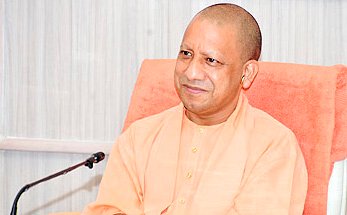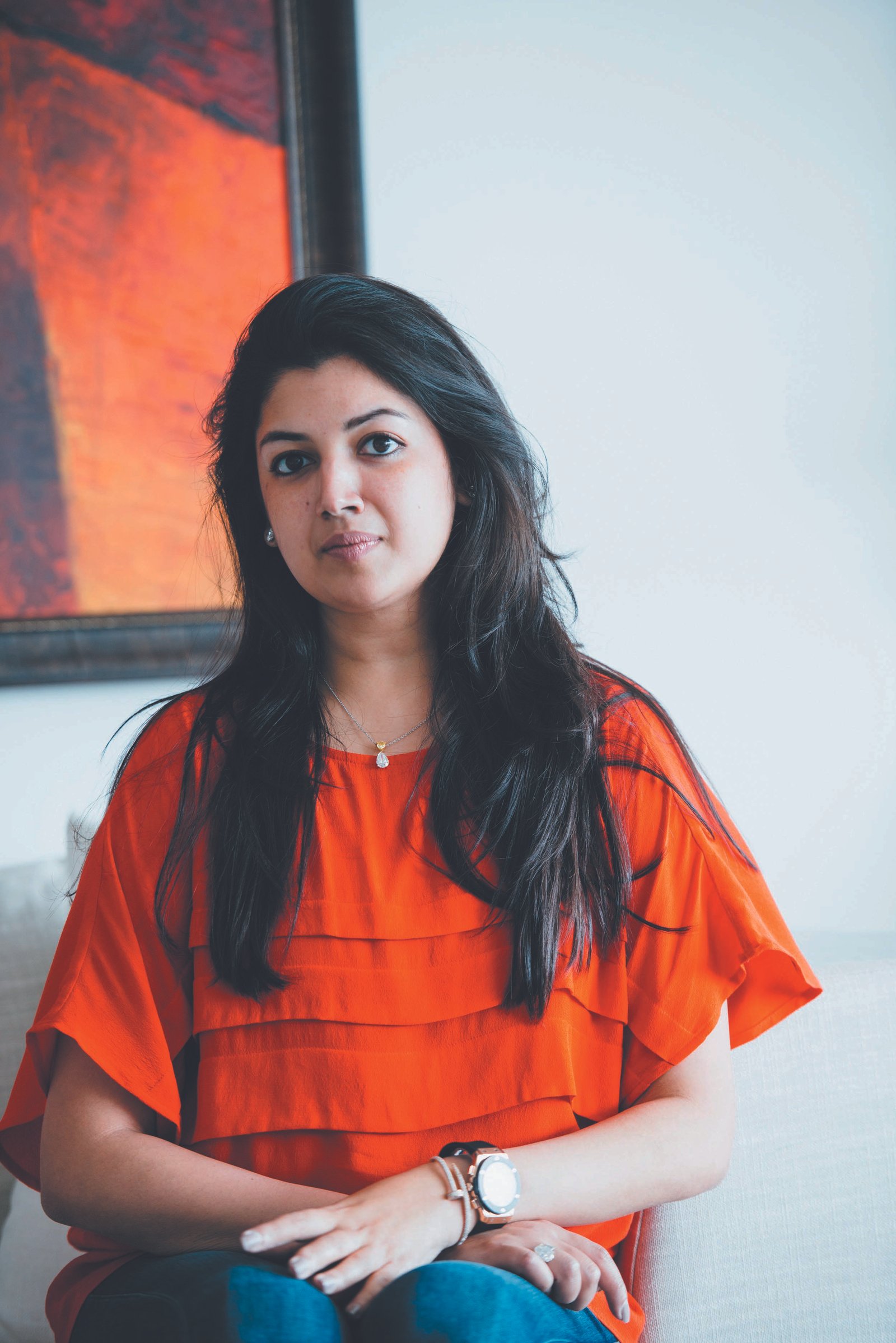SPIRITUAL CORNER
Spiritual Corner: Dhyan (Meditation) as explained by Spiritual Master Dadashri
- Dada Bhagwan Foundation
- Feb 01, 2022

What is meditation (dhyan)? Meditation is not something that one has to ‘do’. Meditation (dhyan) happens naturally. Meditation is a result. What the world calls meditation, is not meditation (dhyan), but it is concentration (ekagrata).
Vitarags (the fully-enlightened beings who have no attachment or abhorrence), have described four types of meditation: When someone insults you, and you experience wrath at that time, the resulting anger is called raudradhyan (adverse internal meditation that hurts the self and others), and the effect of this result will hurt the ‘self’ and will reach others! However, if it affects only you and no one else, then it is artadhyan (adverse internal meditation that hurts the self). Artadhyan also comprises worries, such as, “What will become of me?” and worries about the future, etc.
In
events that cause an effect on us, when a person regards them as: “This is the
manifestation of the unfolding of my own karma.
The other person is simply instrumental (nimit)
in it; he is faultless (nirdosh)”;
when such a state results within, it is called dharmadhyan (virtuous meditation; absence of artadhyan or raudradhyan).
If it remains in one’s awareness (laksha)
that, “I am pure Soul (shuddhatma)”,
and others are seen as pure Soul, then that is called shukladhyan (meditation as the Self).
Once
the goal (dhyeya) is decided, and one
becomes the dhyata (one who meditates
on the goal), and when the two (dhyeya
and dhyata) make a connection, then meditation
(dhyan) at the time is simultaneous
and occurs naturally. The ego is present when the goal (dhyeya) is being decided, but it is absent during meditation. There
is ego in doing actions but not in meditation. Doing actions is not meditation,
but that which results from the act of doing is meditation, and here, the ego
is absent. Meditation (dhyan) is not
‘done’ (it cannot be ‘done’); it happens (naturally). Artadhyan and raudradhyan
just happen by themselves. There is no ‘doer’ in dharmadhyan.
Shukladhyan (meditation as
the Self) is a natural state. After artadhyan
occurs, if there is the belief that, “I am doing artadhyan,” then the ego of ‘doership’ is present. The ego is the dhyata (the one that meditates) in artadhyan, raudradhyan and dharmadhyan.
In shukladhyan, however, the ego is
not the dhyata, therefore, it is a
natural state. It is the state of the Self (Atma-parinati).
For the purpose of attaining moksha, no other meditation is as important as the meditation of pure Self (atmadhyan or shukladhyan). The meditation of the Self (Atma) keeps one in constant bliss. To remove attachment-abhorrence, meditation is not required. If the science of the Vitarag is known, attachment-abhorrence departs naturally.
For
more information on Dadashri's spiritual science, visit dadabhagwan.org





















Report By
View Reporter News